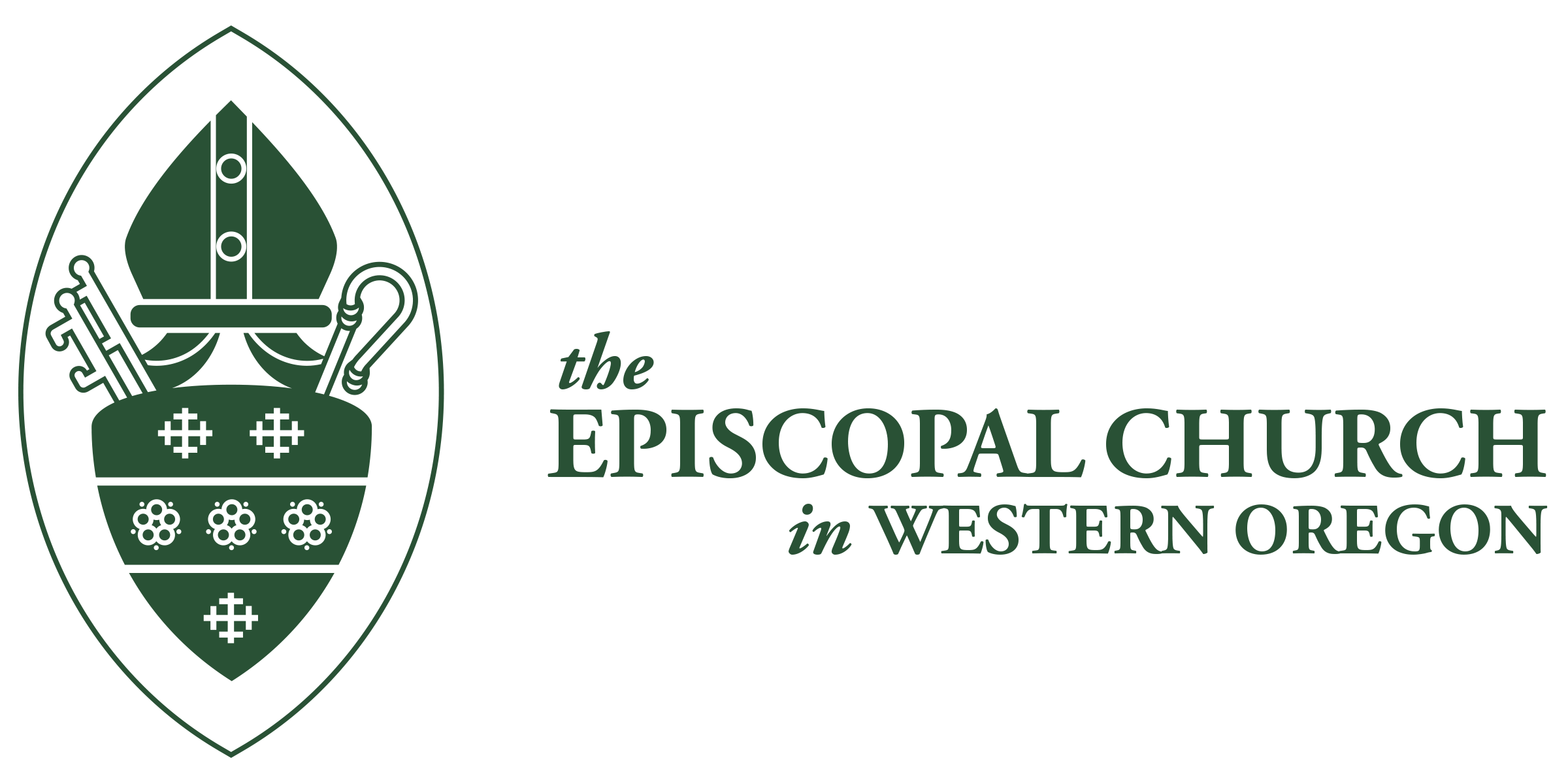This blog is written by author and member of Trinity Episcopal Cathedral, Stephen Isaacson. In addition to serving as Prior to the Cornerstone community, Steve is the author of Praying with Saint Benedict: Reflections on the Rule, coming out October 19 from Morehouse Publishing. See more at www.churchpublishing.org.
Do the teachings of a sixth-century monk have relevance to our lives in the 21st century? A group of people who meet at Trinity Cathedral thinks so. Benedict of Nursia, the founder of monasteries in the Umbrian district of Perugia, wrote a “Rule for Monasteries,” which he modestly called a “little rule for beginners,” now referred to as the Rule of St. Benedict. Today modern Benedictines, even those outside the monastery, have found the Rule to be a helpful guide in navigating the complexities of modern life. It speaks to members of the Cornerstone community as an inspired handbook for living in community and instructs us in the practices of prayer, humility, leadership, worship, and human interaction.
In the early 1990s, a group of five or six women at Trinity, concerned for the needs of the poor and seeking to go deeper into their faith, formed an informal spiritual support group. The dean of the cathedral at the time, Bud Thurston, thought the goals of the group—including the commitment to a rule of life—sounded “very Benedictine,” and thus the Cornerstone community was formed.
From that humble beginning, Cornerstone began to grow. Jack Hilyard was asked to be their “abbot.” The group began to study the Rule of Benedict and books by Benedictine authors such as Thomas Merton, Joan Chittester, Michael Casey, and Cynthia Bourgeault. Over the years, one small group gradually became five groups that continued to meet weekly, at different days and times that accommodated group members’ schedules.

Today the community consists not only of Trinity members but of individuals from several other parishes as well. Elaine Stewart Harris is our current abbot. The whole community meets monthly for a gathering that includes worship, fellowship, and instruction. Our traditional meal together had to be suspended because of Covid, but we continue to honor the Benedictine principle of stability by meeting regularly via Zoom. In addition, small groups meet weekly (some via Zoom) to pray, discuss the Rule (often as explicated by Benedictine authors), and encourage each other through the ups and downs of our own spiritual journeys. Some groups incorporate centering prayer, intercessory prayer, and lectio divina as part of their weekly meeting.
Our tradition includes celebrating Benedict’s saint day on July 11 with an outdoor potluck dinner and an Epiphany gathering to read together W. H. Auden’s For the Time Being. Every year we also have a monastic day, held at the Bishop’s Close, devoted to celebrating the Daily Office, reflection, and periods of silent contemplation.
Each year we gather in December for a renewal of vows and induction of new members. We have maintained a membership of about 30 to 35 in the last several years. A class on Benedictine spirituality is offered each fall for those interested in joining the community.
This year’s class, “You Are Not Alone: Prayer, Intention, and Companionship for Trying Times,” begins on October 20 and is open to interested individuals from all parishes in the Portland area. More information about registration can be found on the Trinity website at www.trinity-episcopal.org/wednesdays.
Joan Chittister said it well in her commentary on the Rule: “The purpose of Benedictine spirituality is to gather equally committed adults for a journey through earthen darkness to the dazzling light that already flames in each of us, but in a hidden place left to each of us to find” (p. 38).
